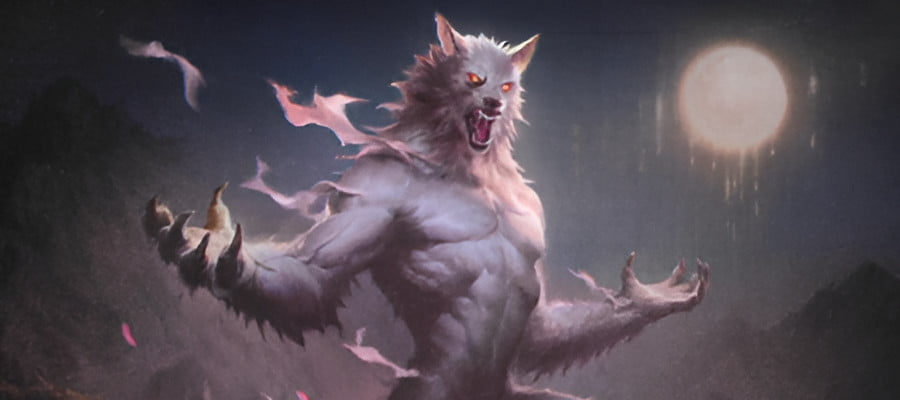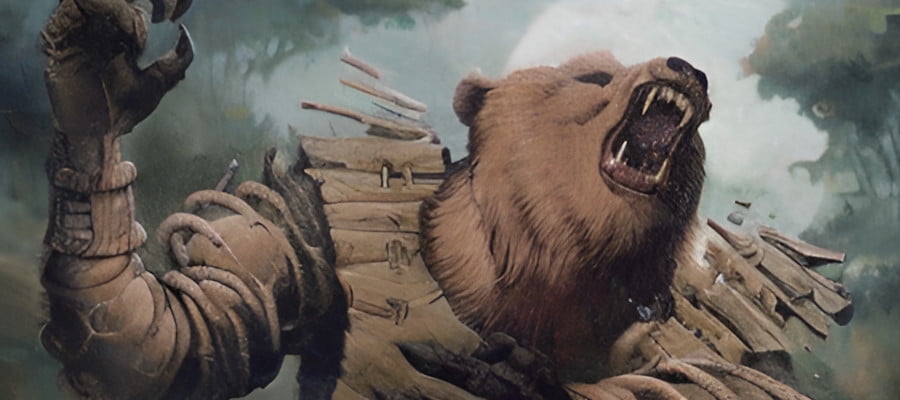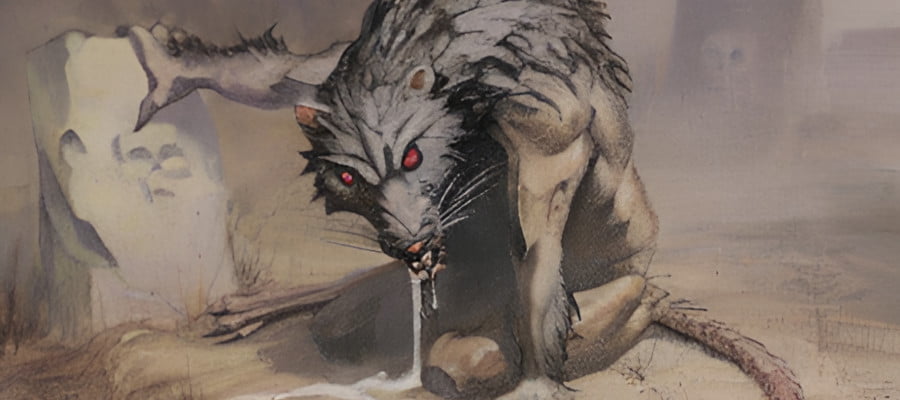Players love options. Players love the ability to differentiate their character. One of the problems that D&D character building has is that, certainly in the versions that are centralised like 3e, any given member of a class has a certain limited number of options that are worth taking. A wizard wouldn’t take Weapon Focus (Longsword), for example, even if the longsword is the best weapon of its type. This meant that there were a lot of options that were made to create or convey a mood about a character that weren’t worth spending one of your limited feat choices on.
In 4e, they added another dimension to each character, with the idea of character themes. Character themes were optional, and gave a character in the level range of 1-10 something class-independent that nonetheless let you expand the abilities of your character in a way that had a sort of, well, for lack of a better word, a vibe. By making these packages contained, it meant that the game mechanics for them could be balanced against one another —
Which unfortunately, they weren’t.
See, themes are a forgotten, excellent spicy component of the 4th edition character building. The classic D&D character building is race/class, where you know, you have an elf fighter, or an orc wizard, or whatever, and those player options are meant to represent broadly, all the things about your character that let you interface with the story. Earlier versions of the game meant that you might ask the DM for specific things that represent your character’s specific story, but in 3e there was a push towards ensuring that players never got that kind of tailoring, because it would disrupt the delicately balanced game system of 3e that relied on all players having access to equal
and commensurate
power
sorry, I couldn’t finish that joke.
Point is that themes were an addition after the fact and as good as they are at giving player characters an extra dimension, a lot of them were designed before a good solid power level for them had been properly dialed in. Basically, about ten of the themes are ‘the good ones’ and then the rest are ‘okay, but.’ There’s also two gross outliers – the Fey Beast Tamer and the Guardian. Still, there’s room for a lot of ‘okay’ under ‘too good,’ and in that space, the game system had room to slot the werewolf, werebear and wererat.
If you follow the How To Be series, you’ll know I recommend the werebear reasonably commonly, when I’m talking about a mode-shifter character. I like mode-shifting characters, after all, it stands to reason I’m going to use it. Thing is, I’d recommend it more if it was, uh, generally good.
The best thing about the werewolf, thematically, in heroic is that you can turn into a wolf. Cool! So can The Pack Outcast, and it doesn’t give up everything to do it, and when you fight, it also gives you combat advantage.
I recommend the werebear as a way to solve a problem, which is usually, a problem with the Knight. Knights make nothing but basic attacks. Werebears can make pretty good basic attacks. Knight features amplify their basic attacks, or trigger on their basic attacks. It’s not like the knight werebear is generally good, it’s just if you mode shift, and want to work as a defender, the knight werebear is one of your best use cases for either and it’s one of the simplest characters you can make and play. That’s the thing that recommends it – both knight and werebear shut you out of a lot of options.
These themes run into the problem that if you don’t need what they offer in terms of a shapeshifting combat form, you wouldn’t take them. They wouldn’t pull you towards making the character into this kind of thing without that demand, without the need to be werewolfy, or wereratty. Werewolves at level 10+ get pretty good, because then they can access beast form powers and keywords freely, in all forms, which means there’s finally a reason for a druid to want to be one, but that’s also solving a problem the druid doesn’t really have at level 10+.
The wererat is just kind of a sad orphan. You make a character with the wererat theme because you want to play a wererat, and that very specific, narrow flavour lines up – like, if you say ‘this character is a wererat’ it invokes a kind of rogue skillset right? Knifey, sneaky? The thing is, there are a lot of things rogues already do and the wererat doesn’t add anything to that. A melee basic attack that doesn’t use your own weapon and inflicts 1d4 damage and ongoing damage just isn’t going to be worth it almost all the time.
I like the lycanthropes a lot – they’re solid in the Paragon tier! But before that point, you kind of need very specific circumstances for them to work, and that strikes me as a problem. It’s part of a greater problem – that most of the themes are a little weak, or a little too specific. These types of shapeshifting animal monster people are fun. I think they’re fun and I want them to be good. I want them to work so that if you play a character who ‘should’ work with the claws and fangs and teeth side of things, it shouldn’t need you to jump through two dozen hoops to get there.
My ideal situation with themes is that a player should be able to look at a term that meaningfully relates to their character and go ‘oh, yeah, that! That’s cool!’ and pick it and get something that works. It’s okay for things to pull in different directions, but it’s not okay for a broad archetype term like werewolf to pull in only one direction and still rarely be worth it. I don’t like the idea that spending resources on cheap magical items should replace something that should be ‘how your character exists.’


